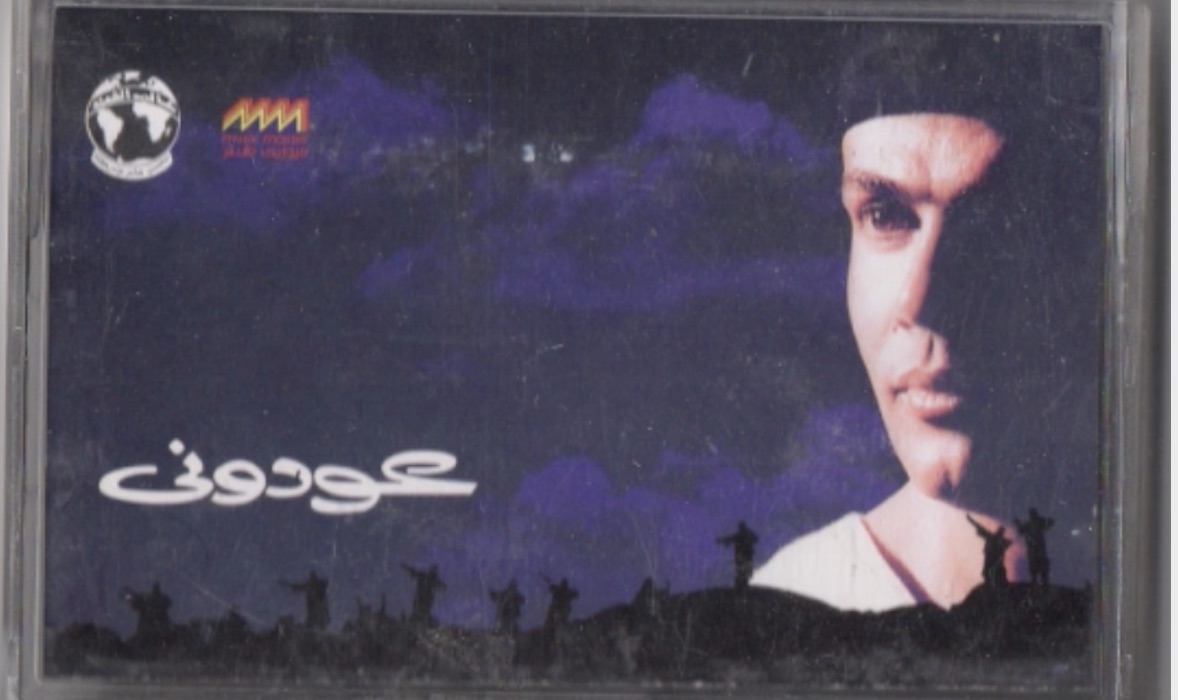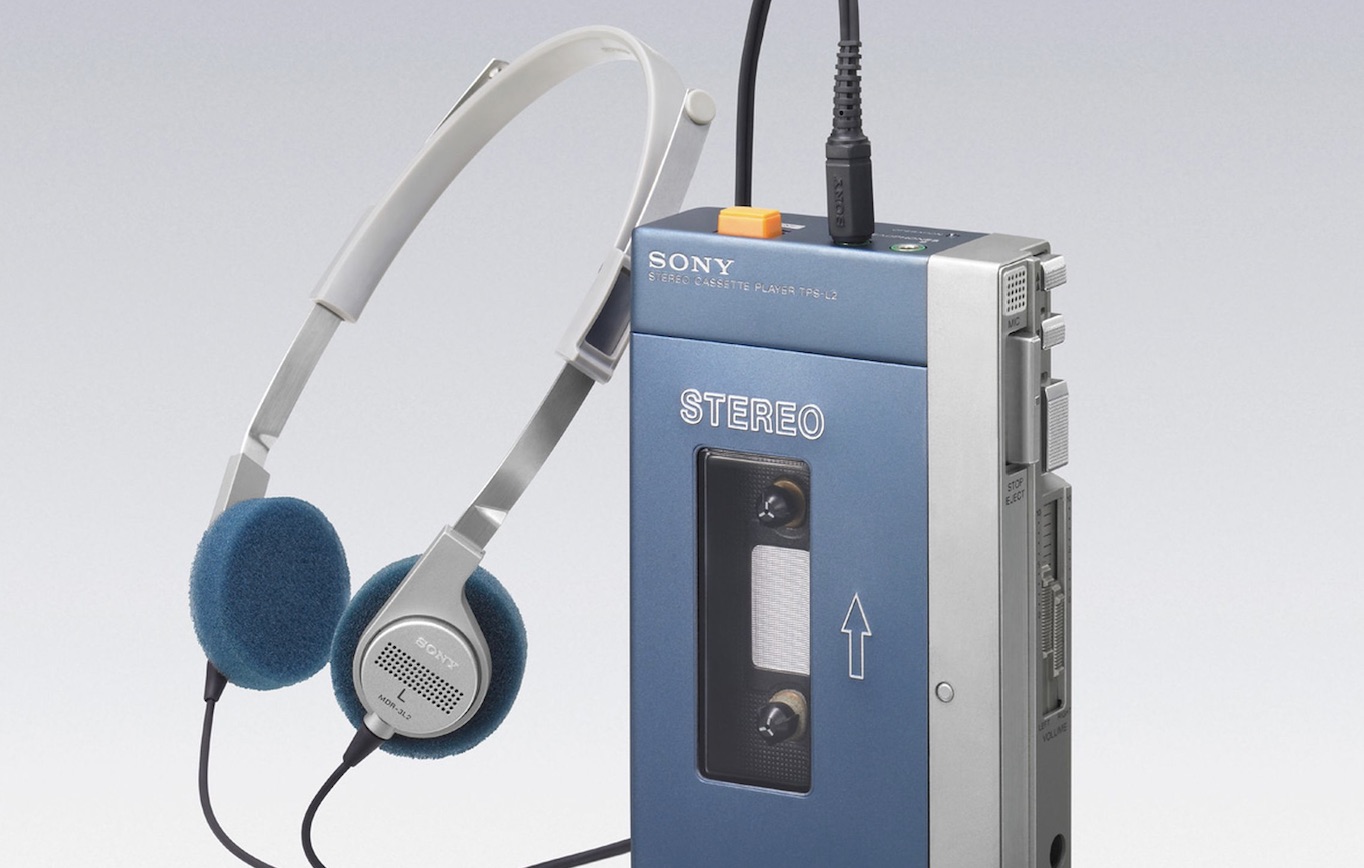It’s approximately 5:35 PM on a hot summer day in Egypt’s July: pink and orange hues emanate from the setting sun, a long day at the beach is over, and the group of friends make their way back to their chalet.
After an 8-hour beach day, a friend shouts, “play Side A, Track 1.”
‘Awedouni,’ (They Taught Me) by Amr Diab plays in the background on the cassette, and life feels good.

Before the vast array of streaming services, social media, and even compact discs before them, the slightly dysfunctional – due to their low durability and quality sound – but simple cassettes were how people listened to music.
The tapes had a peculiar joy to them, whether it was collecting the compact plastic cases that were wrapped in decorated album artwork, or the gratification of personalizing a tape and becoming your own DJ.
Cassettes became a ubiquitous staple in Egyptian homes and stores in the 1970s and 1980s.
The compact cassette tape was originally developed in 1962 by Phillips in Hasselt, Belgium by Dutch engineer Lou Ottens.

Portable cassette players were first introduced to the Egyptian market in the 1960s; however, the commercial cassette industry in Egypt was established in the late 1970s and early 1980s.
In the 1970s, new items and resissues of LPs were produced on cassettes by private record companies as well as state-owned companies such as Sono Cairo. By the 1980s, hundreds of cassette companies were operating in the Egyptian market.
President Anwar al-Sadat’s Open-Door Economic Policy (ODEP) helped and encouraged the importation of the necessary materials for the cassette production in Egypt, as highlighted in the journal article, ‘Some Aspects of the Cassette Industry in Egypt,’ in 1987.
“Most musical categories and types created and heard in Egypt are available on cassette. Folk music from rural areas and various types of urban popular music seem to predominate. In addition, with the exception of reissues of Umm Kulthūm’s earlier recordings and a few other items, cassette production in Egypt is characterized by the rapid turnover of new items,” the journal article added.

The Egyptian cassette made its way to the Arab world, which attested to the powerful impact of the cassette industry in Egypt.
The growth of the cassette industry was evident in the adoption of the Sony Walkman, which was a portable cassette recorder. The 200 mn Walkman cassette players were sold until Sony decided to retire the cassette player from the market in 2010.

Despite its growing popularity, the cassette was eventually replaced by the compact audio discs (CD) in 1982. Although they were not a huge hit at first, CDs gained popularity because they were more durable, had better audio quality than cassette tapes, and were much cheaper to produce.
“Album production has been cut back to only 30 albums [in 2010] as compared to 500 in 2002…the number of album copies dropped from 20 million to 500,000 since 2002,” explained Mohsen Gaber, Egyptian Cassette Production Union Head in 2010.
What was once a staple in the nooks of Egyptian homes and stores, is now a dusty relic of a cherished memory. Cassettes were not ideal, but they were collectively shared by all those who loved music.







Comments (0)